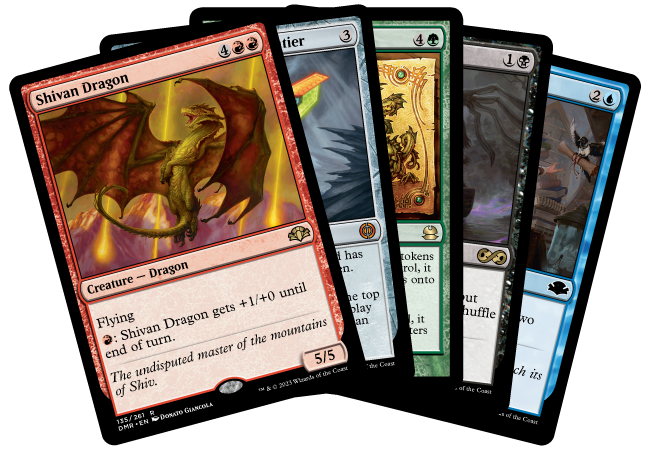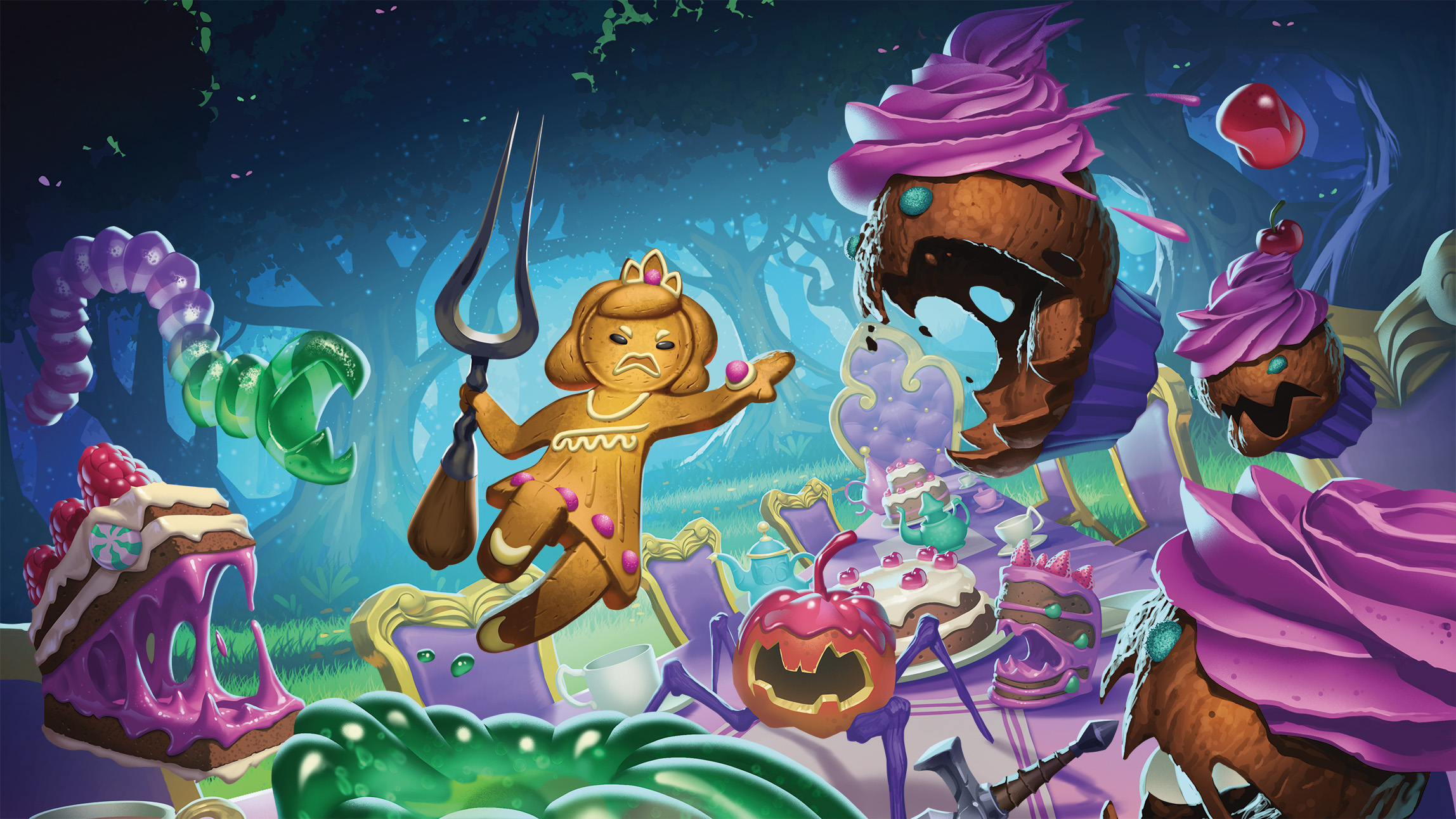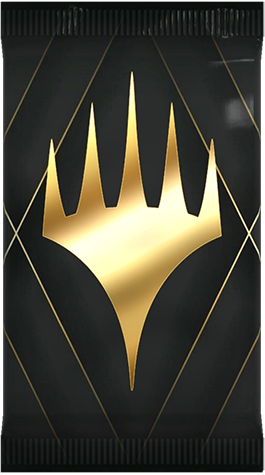Handy Reasons For Picking The Gathering MTG
Wiki Article
What Are Different Types Of Magic: The Gathering Cards Available?
In Magic: The Gathering (MTG) the game is based around different types of cards, each with different functions and possessing distinct effects. Creature Cards-
Creatures- Represent creatures like dragons, elves, beasts, etc.
Abilities: They are often strong and tough (indicating their capability to take on) and possess a range of skills, such as flying, trample and lifelink.
Summoning Sickness - The majority of creatures cannot attack or use their abilities in the first turn following the time they were summoned, unless they possess "haste."
Spell Cards
Spells can be magical effects. These effects can include the ability to cause damage to creatures, countering spells or drawing cards.
Types of Spells - Spells can be instants (playable at any moment in time) spells, sorceries, or enchantments.
Artifact Cards-
Artifacts: Represents magical devices or objects, which can be anything from powerful weapons utility items to powerful weapons.
Abilities - They have various effects. For example, they can grant abilities to creatures, or even generate mana.
Enchantment Cards
Enchantments are magical effects which stay on the field after being played.
Effects - They can have various effects, including changing the game's rules, increasing your creature's power, or even affecting the strategies of your adversaries.
Land Cards
Lands: Describes the magic resources required to cast a spell or summon creatures (mana).
Mana Production. These generators produce different colored mana (white black, blue, or green) which allow players to cast spells.
Planeswalker Cards-
Planeswalkers are powerful characters with special abilities. They are allies that help players.
Loyalty Coins- Players can make use of loyalty coins to trigger abilities like dealing damage, bringing up cards as well as summoning creatures and altering game states.
Deck Construction
These card types are often combined to form a deck. Synergies and strategies are employed to create a deck that is balanced and effective.
Magic: The Gathering offers players a wide range of strategies and techniques they can try. Follow the top rated magic tcg for website info including magic the gathering prices, mtg magic, trading cards, highest priced magic the gathering cards, magic sets mtg, mtg magic decks, magic tcg sets, mtg card collector, magic set, magic cards and more.

What Is It That Magic The Gathering Artifacts Cards Do? What Are The Pros And Cons?
Magic: The Gathering Artifact Cards are non-creature or non-land cards, which depict various magical items, gadgets or constructions. They can be unique in their effects or abilities. They have pros and cons.
Versatility- Artifacts can have a wide range of effects, including mana, boosting creatures, drawing cards or controlling the board or even serving as win conditions themselves. These artifacts are versatile and fit in a wide variety of decks.
Permanent effects- Once placed in the field, the objects remain until they are removed. They could provide continual effects or benefits that affect the game for the duration of the game.
Colorless-Many artifacts do not require a particular color of mana for casting or using. They can be used in decks using various mana colors without having to worry about consistency.
Synergies – Artifacts are able to effectively synergize with other types of cards, including creatures, spells and enchantments. These can result in powerful interactions that could help players improve their strategy.
Cons-
Risk: Artifacts can be targeted by spells or other effects that target them, and they can be destroyed. They are also destroyed or neutralized by specific cards that target artifacts.
Resource Costs- Certain strong items come with a large mana costs, making them difficult to use during the beginning stages of the game. This could cause players to lose concentration or become susceptible in the first few turns.
Artifact Removal- Certain opponents or strategies could be focused upon removing artifacts. They can make them ineffective or even eliminate their benefits entirely out of the game.
Dependence upon Other Cards- Certain artifacts need other cards to function in their highest capacity. They could also have their effectiveness diminished if they are not supported in the way that is available.
Artifacts, along with other types of cards are a key element in deck building and strategy. Artifacts are beneficial because they offer unique effects that can improve different game plans. Additionally their ability to integrate into a variety of deck archetypes is a valuable advantage. It is crucial to take into consideration the cards' vulnerability to being taken away and their dependence on other decks when designing decks. Have a look at the top rated magic buylist for website info including magic the gathering how to, buy magic the gathering cards, make mtg cards, magic sets mtg, mtg card prices, mtg sets, magic the gathering cards search, magic the gathering type of cards, magic gathering, sell cards and more.

What Is The Mtg Magic: The Gathering Deck Construction Do? What Are The Pros And Cons Of Magic: The Gathering Deck Construction?
The deck building process in Magic: The Gathering requires you to assemble a collection of cards that will help you create an effective strategy. These are the pros and cons-
Customization - Players can create decks customized to their preferred style of play, strategy, and preferences. This allows a lot of creativity and customization in the game.
Strategic Depth - Building decks is a crucial aspect of playing. It requires a strategic approach and a thorough understanding of synergies between cards and the meta (popular strategy in the game).
The ability to adapt - Players can adjust their decks to the changing metagame through adjustments that combat popular strategies or to meet new issues.
Personal Expression - Deck building allows players the opportunity to express their creative side through selection of cards themes, themes and overall deck strategies.
Cons-
The players' options are limited by their cards. The cost for acquiring certain cards can be high or require large purchase or trade.
Balance Challenges - Creating the deck with balanced deck that can take on multiple scenarios and strategies is incredibly difficult. A deck that is too focused in a single direction could face trouble against certain types of matchups.
The difficulty for new playersDeck construction can be overwhelming due to the large variety of cards that are available, as well as the complexity of creating an effective and competitive deck.
Meta Dependency - Building decks solely based on the current meta can sometimes lead to predictability and insufficient creativity. It is possible that players stick to trends and not consider different strategies.
Deck construction is an enjoyable and essential element of Magic: The Gathering. The deck construction process allows players to show their talents, creativity, and strategic thinking. Although it offers personalization and flexibility but it also presents challenges. Like limits on resources or the need to maintain strategic balance. Nonetheless, mastering deck construction is a rewarding aspect of the game for a number of players. Follow the recommended magic the gathering buy for blog recommendations including magic card prices, card price, mtg price, card price, magic tcg, mtg value, cards shop, order magic the gathering cards, cards shop, magic set and more.
